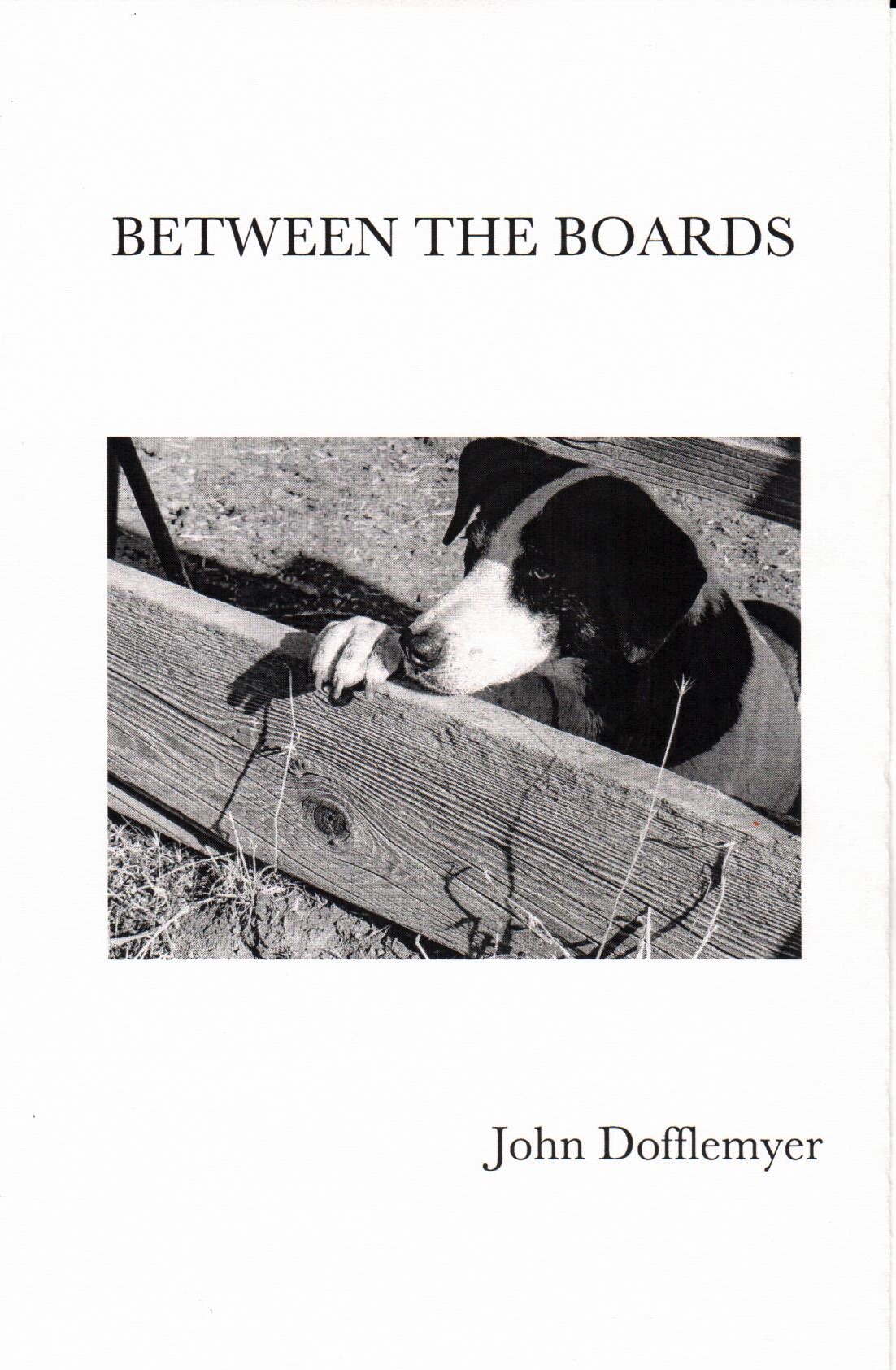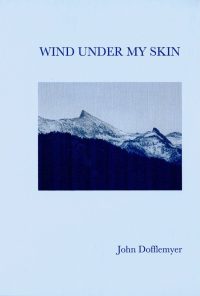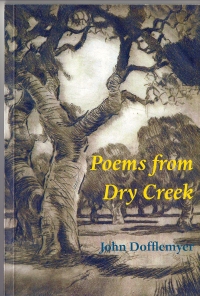Perhaps a hundred since the first two
stopped for shade and water, forgot
home and stayed to raise families
in every barn and shed for five miles
in as many years, trying the high eaves
of human domesticity. Their nesting coos
in the rafters turn to a singing flap of wings
when swashbuckling raven lights, like
Zorro, upon the horse pens. Gentle feathers
rain from the roof. A black cape walks
the top plate collecting eggs, taking naked
squab to a disheveled nest of kindling.























